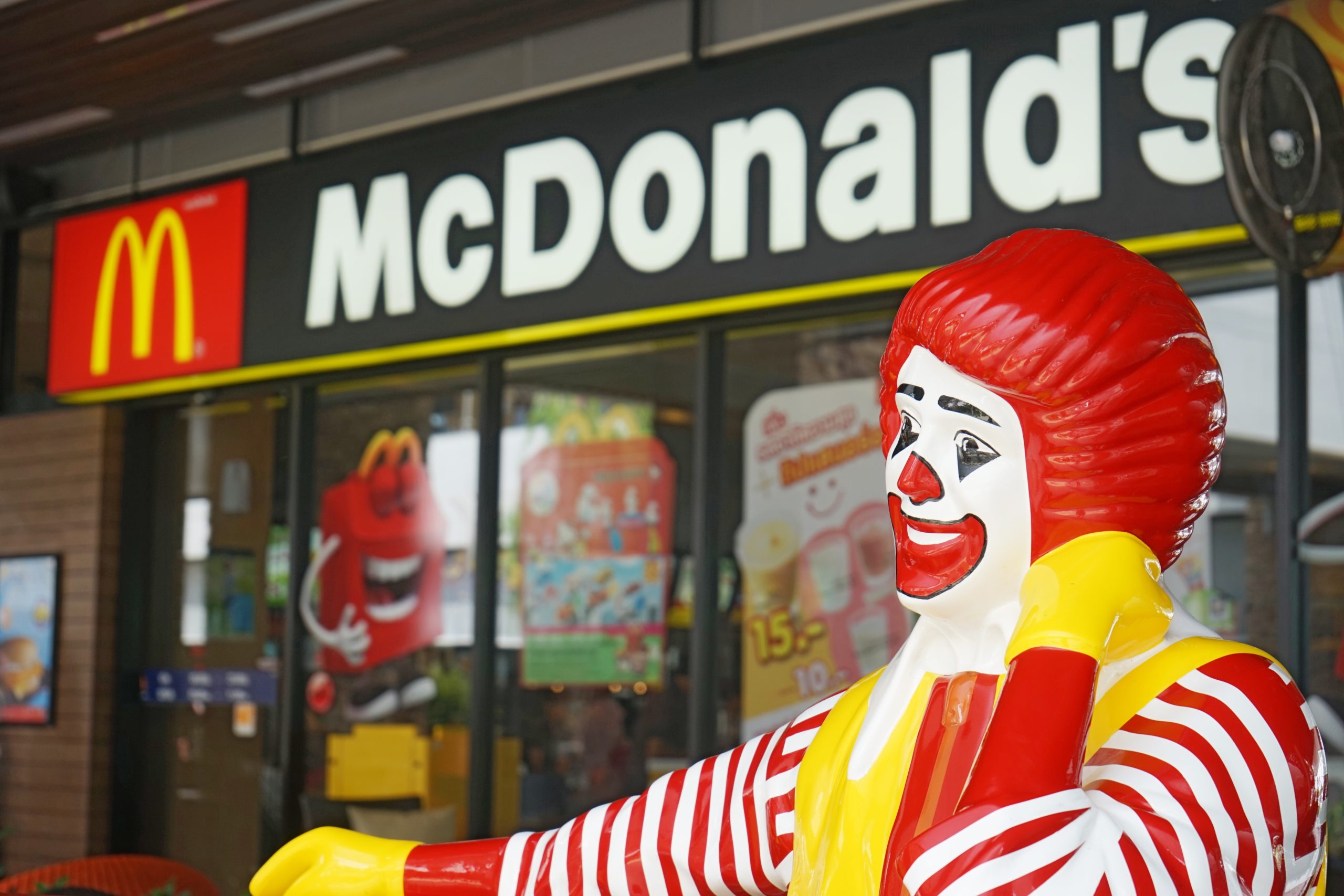This bogus headline from a satirical news site might soon be true:
New McDonald’s In Phoenix Run Entirely By Robots
“Visitors to the restaurant will see these new robots working in harmony at a speed of 50 times faster than the average human employee, with no chance of error. If the test launch for the store is a success, people can expect to see robots located in every store all over the country and at restaurants around the world…”
“…36-year-old Paul Horner, a spokesman for McDonald’s told reporters that because of the demand for a $15/hr minimum wage, the company has been playing with the idea of a restaurant run entirely by robots for years and believes their “McRobots” are the answer.”
Where are we going? To why minimum wage hikes will speed mechanization.
Minimum Wage Increases
Last week, New York State said that it would be following the advice of an investigatory panel and raise fast food workers’ minimum wage to $15 during the next several years.
Elsewhere also, the minimum wage has been rising:

The Impact
Until now economists have disagreed about the impact of a minimum wage hike. Some say it will barely affect the number of jobs while others have data that prove precisely the opposite. Now, a recent study concludes that both sides are right.
Let’s start with a production recipe for a fast food restaurant. They have the land where the restaurant is located, capital that includes structures, machinery and inventory and labor that has high and low skill. When a minimum wage goes up, the cost of low skill workers rises. It takes awhile though for production recipes to change.
The first two years:
Initially, we have three phenomena at work: small labor intensive establishments leave; chains stay; chains enter. Because firm entry and exit are both up, the number of jobs for low skill employees remains relatively stable. Existing chain stores retain their production recipes while entering chains bring more automation to the market.
After the first two years:
Changing the balance between labor and capital, the chain stores that enter the market have a different production recipe. Because they realize that low skill labor will be pricier, they replace people with technology. Over time, the market is increasingly dominated by larger chains with more automation.
Our Bottom Line: Marginal Analysis
Economists like to ask us to think at the margin. For the minimum wage, that means comparing the extra (marginal) cost per worker to extra (marginal) revenue generated by each worker. Of course firms want marginal cost to be less than marginal revenue.
If firms do not raise prices, the new minimum wage will narrow the gap between marginal cost (MC) and marginal revenue (MR). Then, when MC is greater than MR, firms have the incentive to exit that market.
Changing the relationship between MC and MR, the minimum wage hike (below) diminishes employment after two years as capital intensive chains enter the market and labor intensive restaurants leave.

In those capital intensive restaurants, McDonald”s will have Ronald McRobot serving us.







When Macca’s (as they are called down here in Australia) started rolling out touch-screen ordering station for their regular items, and their build-you-own-burger range recently, I was thinking exactly the same thing.
Counter staff are already starting to disappear. Cooking & drive-through staff will be next. Is it driven by technology or is it driven by wage? Probably doesn’t matter.
Fascinating. Thanks for the insight.